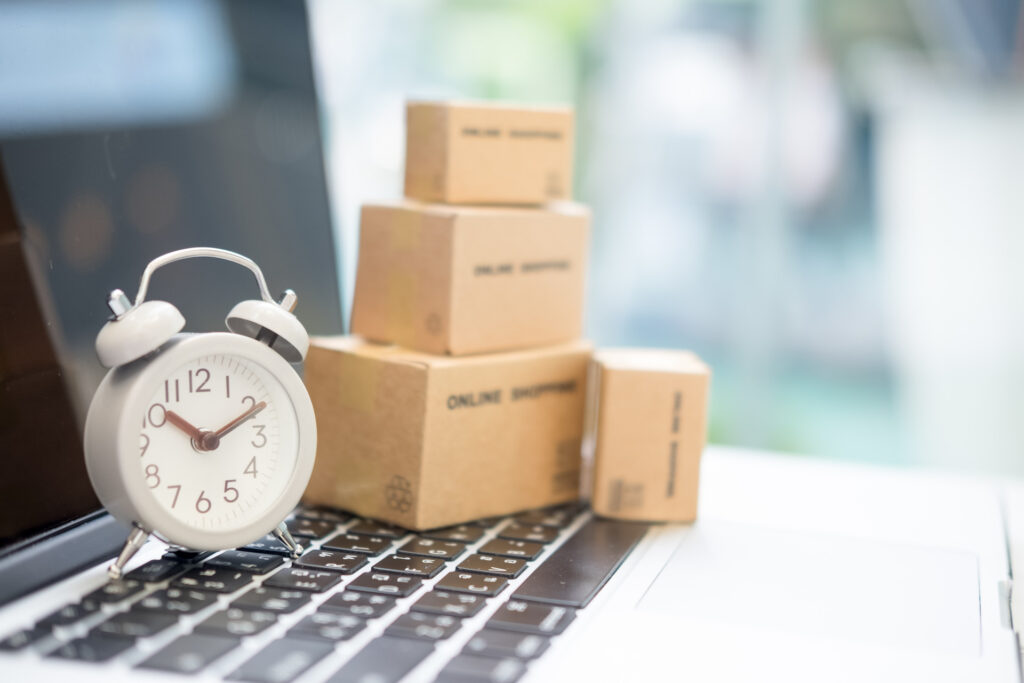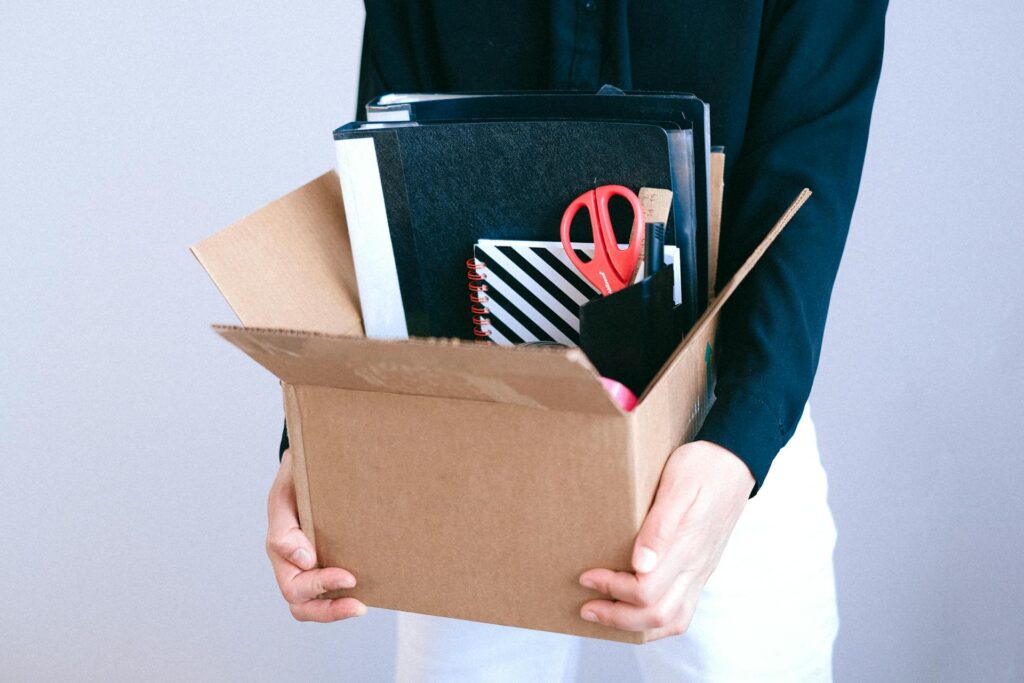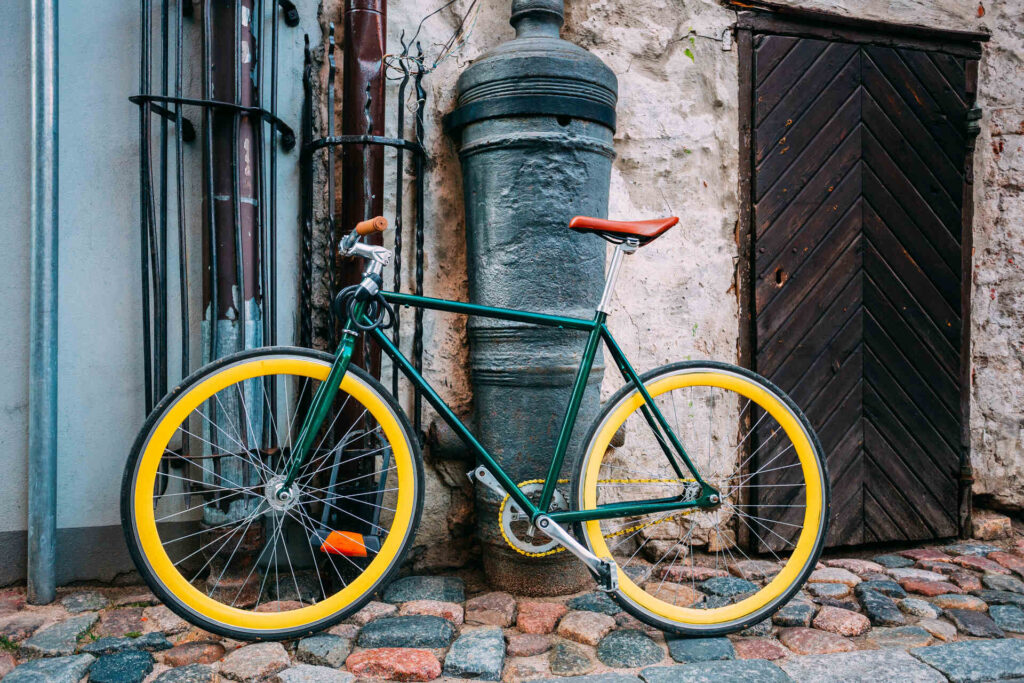Moving to a new home can be an exciting process, and one of the most challenging tasks is figuring out how to ship your belongings. However, what if there was a hidden secret, a tried-and-true method that is the easiest way to pack for a move? Here are some clever hacks and expert tips that will help you out.
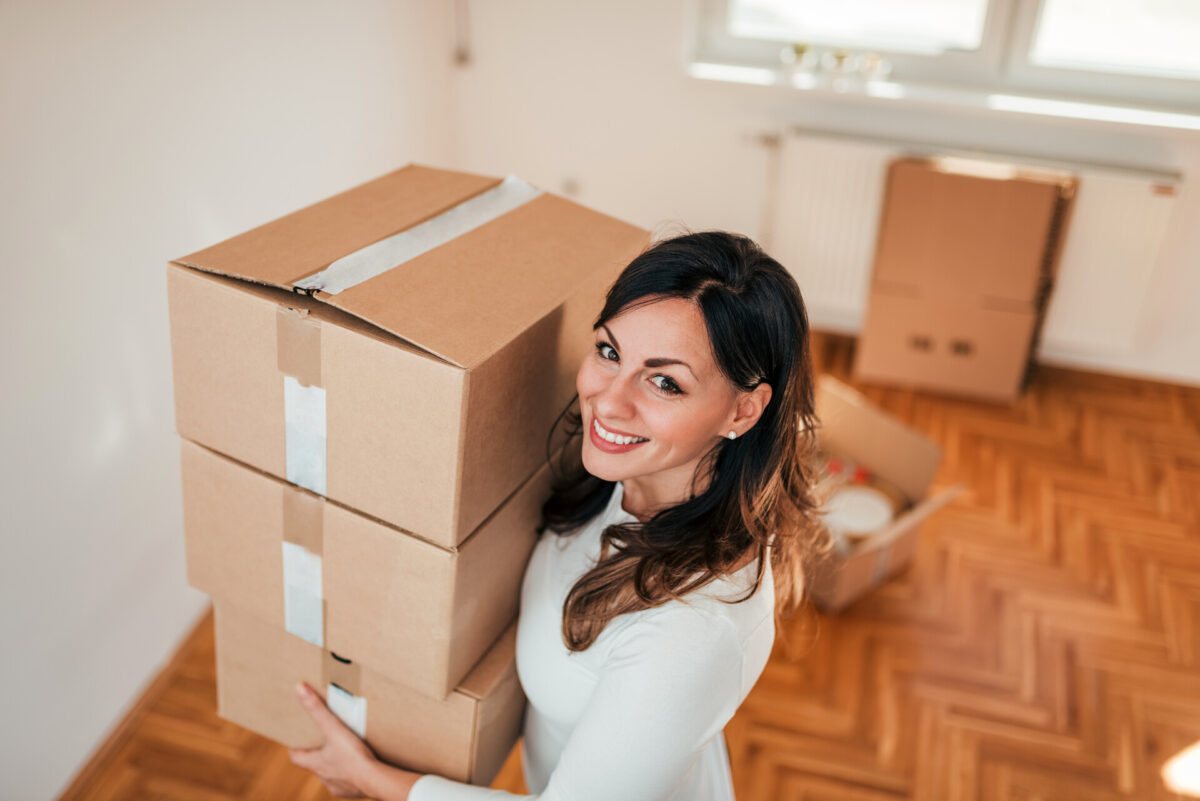

Unlock the Art of How to Pack for a Move, Especially When Moving Internationally
Moving to a new country poses unique challenges, and packing efficiently is essential for a successful international move. When it comes to moving, how to pack is always the biggest issue, as well as the source of many relocation mistakes, especially when it’s moving abroad. That’s why it’s important to unlock the art of how to properly organize your belongings for shipping overseas.
Creating a Packing Checklist – Essential Items to Include
Before embarking on the packing process, it is essential to create a comprehensive checklist. This will serve as your roadmap, ensuring that no item is forgotten or left behind. Begin by dividing your checklist into categories such as clothing, electronics, documents, toiletries, and sentimental items. Don’t forget to include important documents such as passports, visas, medical records, and identification papers.
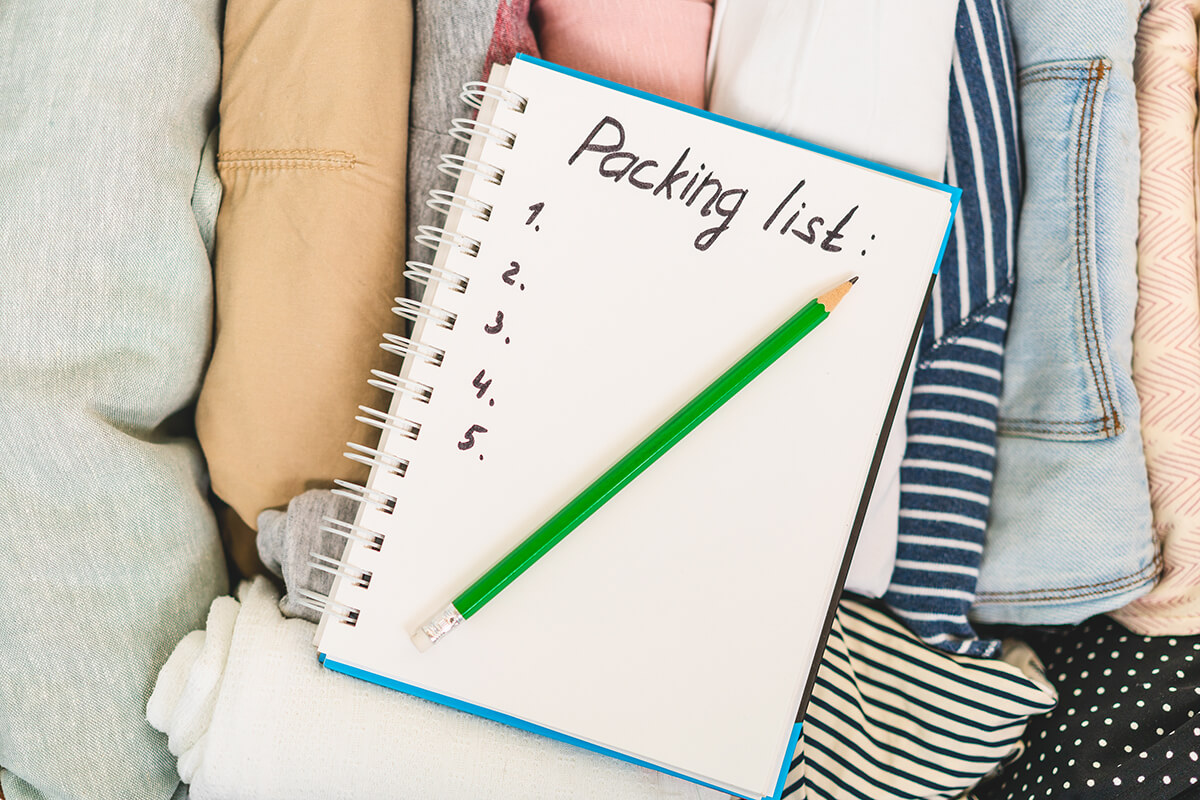

Decluttering and Sorting Belongings Before Packing
Relocating abroad provides an excellent opportunity to declutter and streamline your belongings. Take the time to sort through your possessions and determine what items are truly essential and worth bringing with you. Consider donating, selling, or getting rid of items that no longer serve a purpose in your life.
Not only will this help you reduce the overall volume of your belongings, but it will also lighten your load and potentially save on shipping costs. Remember to consider the practicality and adaptability of certain items to your new environment. For instance, if you’re relocating to a smaller living space, it may be necessary to downsize furniture or opt for multipurpose pieces.
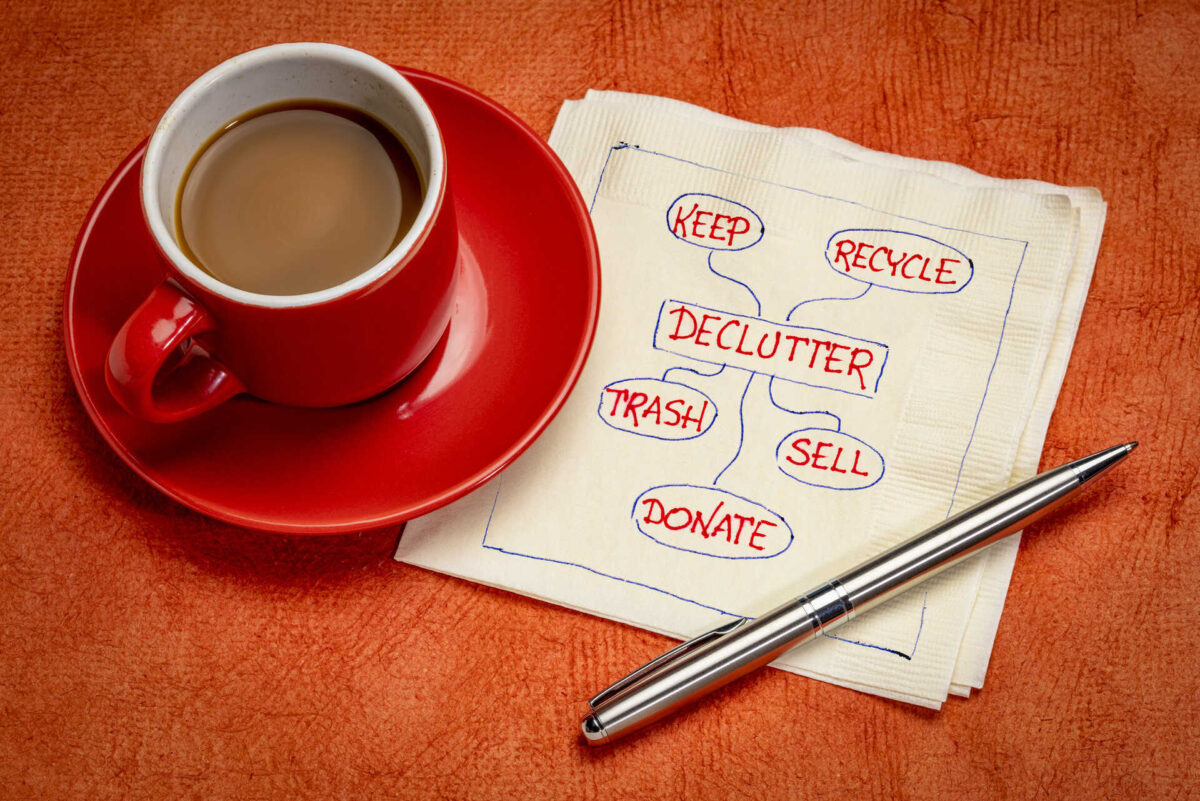

The Extensive Packing Supplies and Materials List
When it comes to preparing for a move, having the right supplies and protection materials is crucial to ensure the safety and organization of your belongings. Whether you’re relocating locally or abroad, having an extensive supplies list will help you stay prepared and minimize any potential damage during transit.
From basic essentials like boxes, tape, and bubble wrap to specialty items such as wardrobe boxes and mattress covers and even eco-friendly options, this comprehensive guide will ensure you have everything you need for a smooth and efficient process.
At the core of any successful relocation are the essentials: boxes, tape, and bubble wrap. Sturdy moving boxes of various sizes are a must-have to accommodate different types of items, from books and kitchenware to fragile decorations. Opt for durable, corrugated cardboard boxes that can withstand the rigors of shipping. You can find free boxes on sites like Craigslist.
To secure your boxes, high-quality tape is essential. Look for tape specifically designed for moving, as it offers superior adhesion and strength. Bubble wrap is a lifesaver when it comes to protecting delicate and breakable items. Its cushioning effect absorbs shocks and prevents damage during transit.
Certain items require specialized supplies to keep them clean, protected, and easy to transport. Wardrobe boxes are designed to hold hanging clothes without the need for folding or wrinkling. They are particularly useful for suits, dresses, and other garments that are better off hanging.
Mattress covers are another specialty supply that safeguards your mattress from dirt, moisture, and tears during the move. They come in various sizes to fit different mattress dimensions and are typically made of durable, waterproof material.
If you’re conscious about reducing waste and minimizing your environmental impact, there are eco-friendly supply options available. Look for boxes made from recycled materials or opt for plastic bins that can be reused for storage after the move.
Instead of traditional plastic bubble wrap, consider using biodegradable or recycled paper padding for cushioning. Sustainable foam peanuts made from cornstarch are an excellent alternative for protecting fragile items. Additionally, use reusable cloth bags or blankets to wrap and protect furniture instead of disposable plastic covers.
Room-By-Room Packing Guide
Packing room by room is an efficient and organized approach to tackling the daunting task of preparing for a move. By breaking down the process into specific areas of your home, you can focus on shipping items together that belong in the same space and ensure that nothing gets overlooked. In this guide, we will explore the key considerations and strategies for preparing the kitchen, bedroom, and living room, providing you with valuable tips to streamline the process and keep your belongings safe during transport.
Kitchen – Packing Fragile Dishes, Appliances, and Pantry Items
The kitchen is often one of the most challenging areas to pack due to its abundance of fragile and breakable items. Start by packing your glassware and dishes with care. Wrap each item individually in protection paper or bubble wrap, and place them snugly in sturdy boxes. Fill any gaps with protective material to prevent shifting during transit.
Small appliances, such as blenders or toasters, should be wrapped in bubble wrap or soft towels to protect them from scratches. For pantry items, consider using sealable plastic bags or plastic containers to prevent spills and leaks. Label boxes containing kitchen essentials clearly to easily locate them upon arrival at your new home.
Bedroom – Packing Clothes, Bedding, and Personal Items
When it comes to your bedroom, a systematic approach will save you time and effort. Start by sorting through your clothes and separating them into categories, such as seasons or types. Consider using vacuum-sealed bags to compress bulky clothing items, maximizing space in your boxes. Fold and pack non-delicate garments in suitcases or boxes, making sure to label them for easy identification later.
For delicate items or dresses, consider using wardrobe boxes to keep them wrinkle-free and well-protected during the relocation. Bedding, including sheets, blankets, and pillows, can be packed in large plastic bags or vacuum-sealed bags to save space. Don’t forget to pack personal items such as jewelry, toiletries, and sentimental items separately and keep them with you during the relocation for added security.
Living Room – Packing Electronics, Furniture, and Decor
The living room is often filled with valuable and delicate items, which means you need to be careful. Start with electronics by disconnecting all cables and wrapping them separately. Use their original packaging, if available, or invest in sturdy boxes designed specifically for electronics. Remember to label the boxes and indicate which side should be facing up to prevent any mishaps during handling.
When it comes to furniture pieces, disassemble any pieces that can be taken apart to save space and make them easier to transport. Keep all screws, bolts, and assembly tools together in a labeled bag. For upholstered furniture, consider using furniture covers or plastic wrap to protect them from dust and potential damage. Finally, pack decorative items, such as framed artwork or delicate figurines, with extra care.
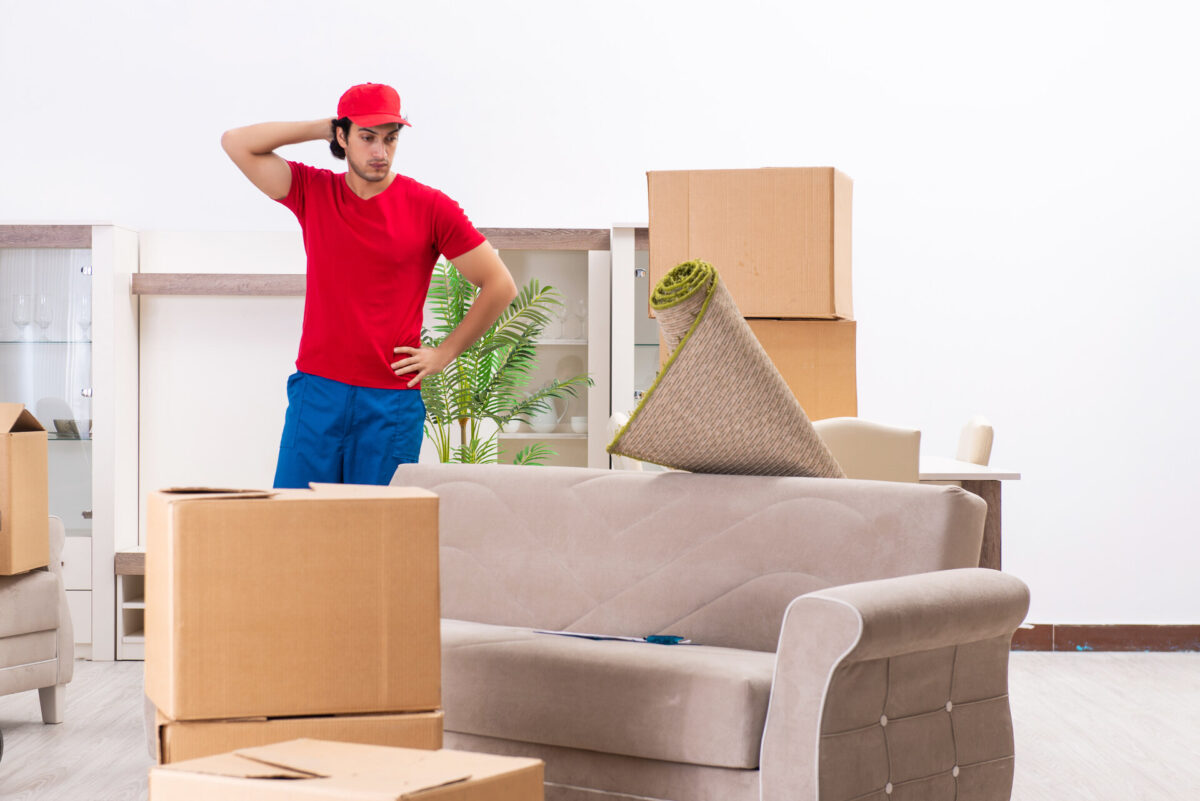

How to Pack Fragile and Valuable Items
Shipping fragile and valuable items requires extra attention and care to ensure their safe arrival at your new destination. From delicate glassware and ceramics to sentimental heirlooms and valuable collectibles, these items hold both monetary and emotional significance. By employing proper techniques for wrapping and cushioning breakables and implementing safe and secure wrapping methods for valuables and sentimental items, you can provide the necessary protection and peace of mind during the relocation process.
Techniques for Wrapping and Cushioning Breakables
When handling fragile items, it’s crucial to create a protective barrier that will absorb shocks and prevent damage. Begin by wrapping each item individually with protection paper, bubble wrap, or foam wrap. Focus on providing extra cushioning for delicate areas, such as handles or spouts. Secure the wrapping with tape to keep it in place. Afterward, place the wrapped items in sturdy boxes, ensuring a snug fit to minimize movement.
Fill any gaps with additional protection material, such as foam peanuts or crumpled paper, to prevent shifting during transit. Label the boxes as “fragile” and indicate the contents to ensure careful handling.
Safe and Secure Packing Methods for Valuables and Sentimental Items
Valuable and sentimental items hold a special place in our hearts, and their safety during a relocation is of utmost importance. When it comes to shipping these cherished possessions, opt for a combination of protection and close monitoring. Start by taking inventory and photographing each valuable item before wrapping them. This will serve as documentation for insurance purposes and provide peace of mind.
For smaller valuable items, such as jewelry or important documents, it’s advisable to keep them with you during the relocation. Larger valuable items, such as artwork or antiques, may require professional packing services or even custom crating to ensure their optimal protection. Research and consult with experts in the field to determine the best course of action for these items. Finally, consider obtaining appropriate insurance coverage for your valuable possessions as an extra layer of protection in case of unforeseen events.
Proper Disconnection, Labeling, and Packing of Electronics and Appliances
When it comes to electronics and appliances, proper disconnection, labeling, and proper techniques are essential to ensure their safe transportation and easy setup in your new home. Begin by disconnecting all cables and cords from the devices, carefully wrapping and securing them with twist ties or rubber bands. Use small bags or cable organizers to keep everything organized.
Label each cable or cord to identify its corresponding device, making it easier to reconnect everything later. For appliances, such as refrigerators or washing machines, ensure they are fully cleaned, defrosted (if necessary,) and dry before wrapping. Secure any removable parts or accessories, and tape doors or lids shut to prevent them from opening during transport. Wrap appliances in blankets or bubble wrap, and place them in appropriately sized boxes or crates for added protection.
Labeling and Organizing Tips
When it comes to preparing for a move, effective labeling and organizing can make all the difference in streamlining the unpacking process and ensuring a smooth transition to your new home. By implementing smart labeling strategies and organizing techniques, you can easily identify box contents, assign them to specific rooms, and keep track of your packed items. Here are some valuable tips to help you label and organize efficiently.
Box Content Descriptions and Room Identification
Labeling boxes with clear and concise descriptions of their contents is key to staying organized. Instead of simply writing “kitchen” or “bedroom,” be specific about the items inside. For example, label a box as “Kitchen – Pots and Pans” or “Bedroom – Winter Clothing.” This detailed approach will save you time when searching for specific items later.
Additionally, don’t forget to assign each box to a specific room. Use color-coded stickers, labels, or markers to indicate the intended destination, preparing for movers and making it easier on yourself to place the boxes in their respective rooms upon arrival at your new home.
Keeping Track of Packed Items
It’s essential to keep track of your packed items to ensure nothing gets misplaced or left behind. Create a detailed inventory list of all the items in each box, including a general description and any significant details. You can use a notebook, spreadsheet, or even a dedicated inventory management app to track your belongings.
Assign a unique number or code to each box and record it on both the box itself and the corresponding inventory list. This way, you can easily locate specific items when needed. You can also take photos of the packed boxes or use a digital inventory system to keep everything organized digitally.
Color-Coding System
Implementing a color-coding system is an effective way to visually organize your packed items. Assign a specific color to each room and use colored labels, stickers, or markers to mark corresponding boxes. For example, assign blue to the bedroom, red to the kitchen, and green to the living room.
This system allows you to easily identify which room a box belongs to at a glance. You can also extend the color-coding to other elements, such as room plans or inventory lists, for better organization. Watch this video if you need more tips on how to color code your boxes.
Researching Customs Regulations for Moving Overseas
Researching customs regulations for moving overseas is a crucial step to ensure a smooth and hassle-free international move, reducing the relocation stress you will encounter. Each country has its own set of customs laws and regulations, and being well-informed will help you avoid any unexpected issues or delays during the shipping process. Start by consulting the customs website or contacting the embassy or consulate of your destination country.
Look for specific guidelines on what items are allowed, restricted, or prohibited from entering the country. Pay attention to regulations related to electronics, medications, firearms, and food items, as these often have specific requirements. It’s also important to understand any duty fees, taxes, or import restrictions that may apply. Additionally, be aware of documentation requirements such as passports, visas, and detailed inventories.
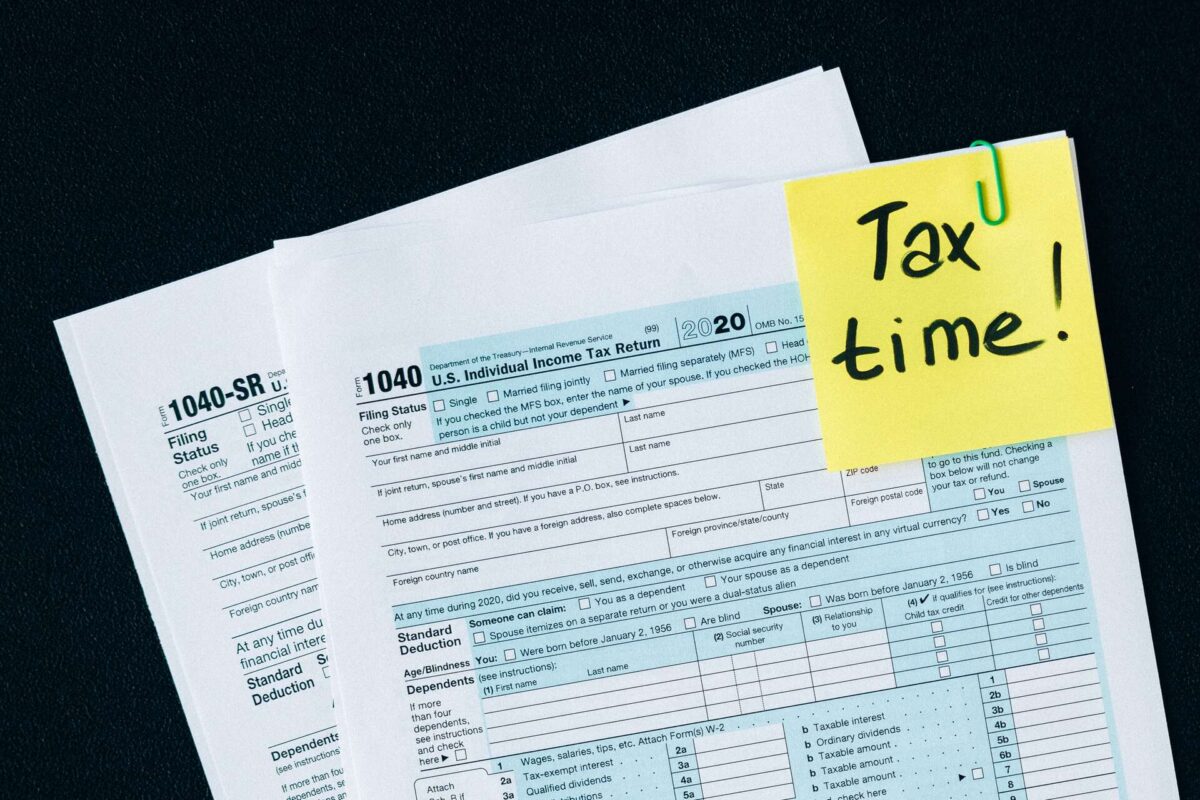

An International Moving Company Can Help You Pack Without Problems
If this entire process sounds like something you can’t handle, no matter how many relocation tips you come across, then it might be best to hire movers. By choosing a reliable overseas moving company, you can ensure that all of your belongings will arrive safely and securely at your new destination. An overseas shipping company will transport your belongings by sea or, in some cases, by air, allowing you to focus on other aspects of the relocation. So, contact us at Sunset International Shipping and make this transition a pleasant experience.
FAQ
Essential items include clothing, toiletries, important documents, electronics, kitchenware, bedding, cleaning supplies, basic tools, a first aid kit, and snacks/water.
By using appropriate protection materials like bubble wrap or protection paper, choosing sturdy boxes, filling empty spaces with protection material, labeling boxes as “fragile,” properly stacking boxes, and considering professional relocation services for delicate items.
Use vacuum-sealed bags to save space and protect clothing and bedding from dust and moisture. Sort and label items for easy unpacking, utilize suitcases or storage bins, and fold or roll clothing to maximize space and minimize wrinkles.
When packing appliances and electronics, disconnect cables and accessories and pack them separately, use original packaging if available, wrap items in protective materials, and choose appropriate boxes to provide proper support.
Label boxes clearly with descriptions of contents and the room they belong to. Consider using a color-coding system, create an inventory list, and prioritize labeling fragile items. Group similar items together and keep an inventory of the numbered boxes.
Special considerations for shipping artwork and collectibles include using specialized packaging materials, marking boxes as “fragile” and “do not stack,” and considering professional relocation services for valuable or delicate pieces.
Important steps for packing for an international relocation include researching customs regulations, organizing important documents, taking inventory, considering international shipping options, shipping valuables separately, notifying relevant parties, labeling boxes clearly, and planning for the essentials.
Start by taking inventory and photographing them, using sturdy boxes and appropriate padding, keeping them with you during the relocation if possible, and considering obtaining insurance coverage for added protection.
Consider using recycled or biodegradable protection materials, reusable containers or bags, and donating or recycling unwanted items to reduce waste and minimize environmental impact.
When unpacking and settling into a new space, prioritize setting up essential areas like the bedroom, kitchen, and bathroom first. Unpack boxes room by room, starting with the most important items. There are a lot of things to do after the relocation, so take your time to organize and decorate, ensuring a comfortable and functional living environment.





